Extreme rainfall and deadly flooding hit a host of other countries last weekend.
Dozens of people were killed in parts of South Korea, including the Chongju region, where a tunnel flooded and drivers drowned, trapped in their submerged vehicles.
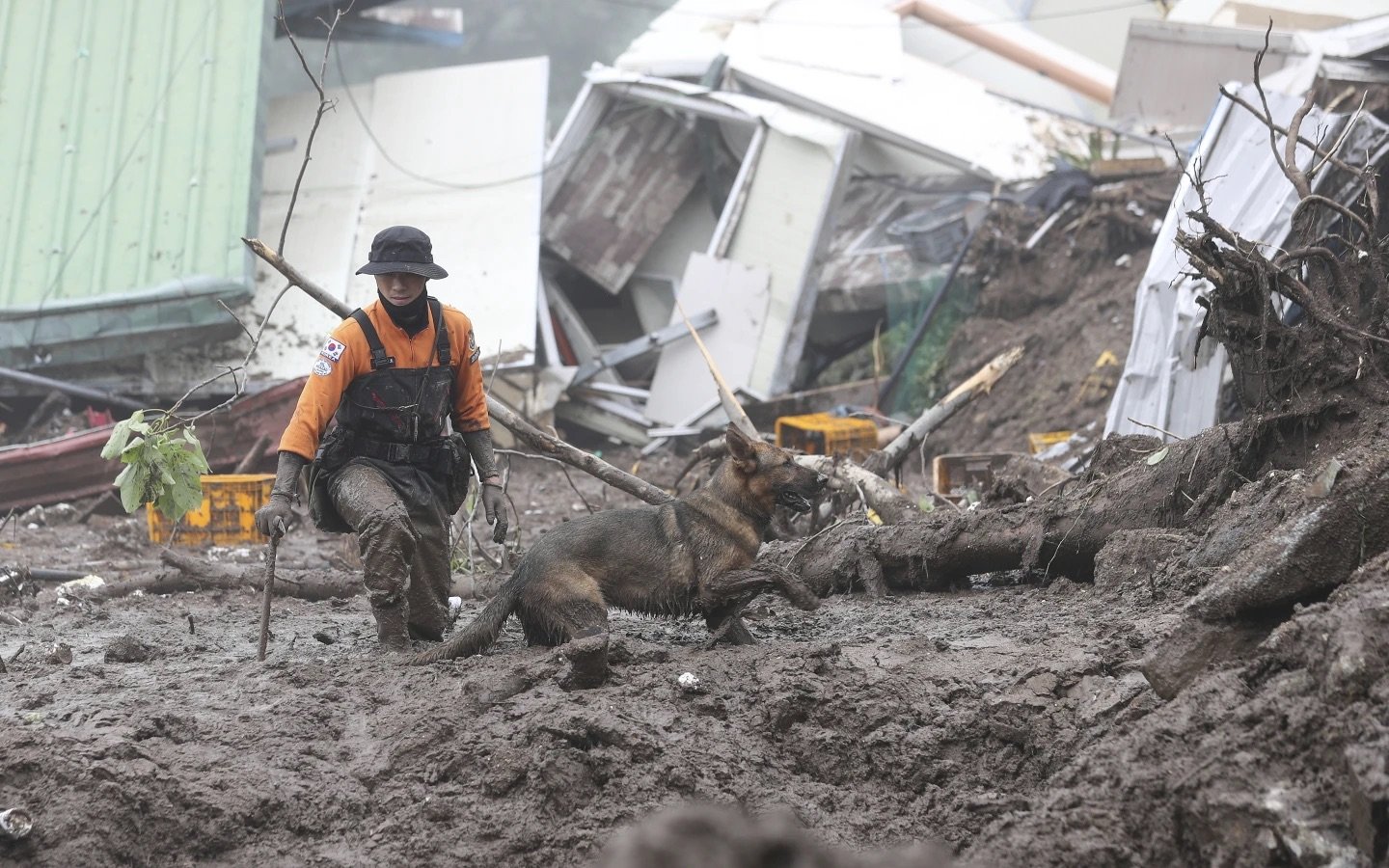
Rescuers search for flood victims in Yecheon, South Korea on July 16, 2023. Photo: AP
In the US, flooding has claimed five lives and two missing children are being searched for in the town of Upper Makefield, Pennsylvania. Flooding also hit parts of New Hampshire, Massachusetts, Connecticut, New York and New Jersey over the weekend. Governor Phil Murphy has declared a state of emergency in New Jersey following significant damage from flooding and mudslides.
This comes after relentless flooding last week in India, Japan, China, Türkiye.
While these devastating floods are occurring in different parts of the world, atmospheric scientists say they have something in common: As climate change continues, storms are forming in a warmer atmosphere, making extreme rainfall a more frequent reality. Global warming, scientists predict, will only make the situation worse.
That’s because a warmer atmosphere holds more moisture, leading to storms that produce more rain that can have deadly consequences. Pollutants, especially carbon dioxide and methane, are warming the atmosphere. Instead of allowing heat to radiate away from Earth into space, they’re trapping it.
While climate change isn't causing hurricanes to release more rain, these storms are forming in an atmosphere that is becoming warmer and wetter.
“68 degrees Fahrenheit can hold twice as much water as 50 degrees Fahrenheit,” says Rodney Wynn, a meteorologist at the National Weather Service in Tampa Bay. “Hot air expands and cold air contracts. You can think of it like a balloon — as it heats up, it gets bigger, so it can hold more moisture.”
For every 1 degree Celsius (1.8 degrees Fahrenheit) the atmosphere warms, it holds about 7% more moisture. According to NASA, average global temperatures have increased by at least 1.1 degrees Celsius (1.9 degrees Fahrenheit) since 1880.
“As thunderstorms develop, water vapor condenses into raindrops and falls back to the surface. So when these storms form in warmer environments with more moisture, rainfall increases,” explains Brian Soden, professor of atmospheric sciences at the University of Miami.
“As the climate gets warmer, we expect intense rainfall events to become more common, which is a very strong prediction of climate models,” Soden added. “It’s no surprise to see these events happening, it’s something the models predicted in the first place.”
The areas most affected by climate change are not the ones that emit the most pollution, says Gavin Schmidt, a climatologist and director of NASA's Goddard Institute for Space Studies.
“The vast majority of emissions are coming from Western industrialized nations, and the vast majority of the impacts are happening in places that don’t have good infrastructure, are less prepared for extreme weather, and don’t have a way to deal with it,” Schmidt said.
Mai Van (according to AP)
Source



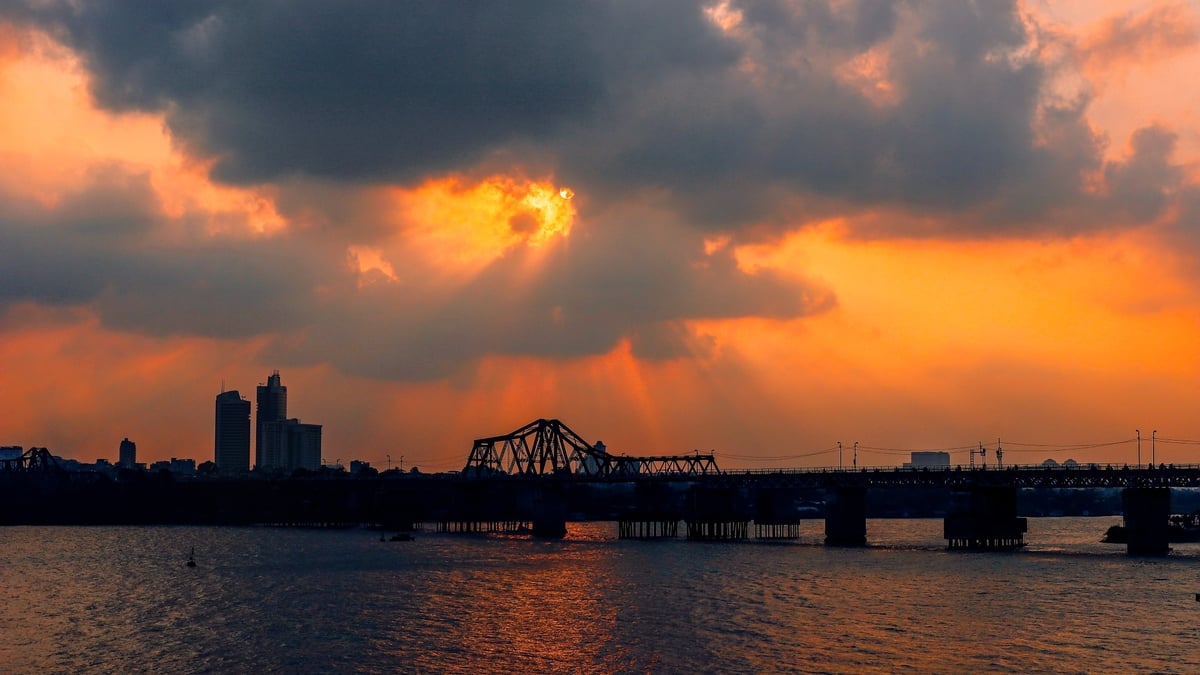
![[Photo] Readers line up to visit the photo exhibition and receive a special publication commemorating the 135th birthday of President Ho Chi Minh at Nhan Dan Newspaper](https://vphoto.vietnam.vn/thumb/1200x675/vietnam/resource/IMAGE/2025/5/17/85b3197fc6bd43e6a9ee4db15101005b)
![[Photo] Nearly 3,000 students moved by stories about soldiers](https://vphoto.vietnam.vn/thumb/1200x675/vietnam/resource/IMAGE/2025/5/17/21da57c8241e42438b423eaa37215e0e)

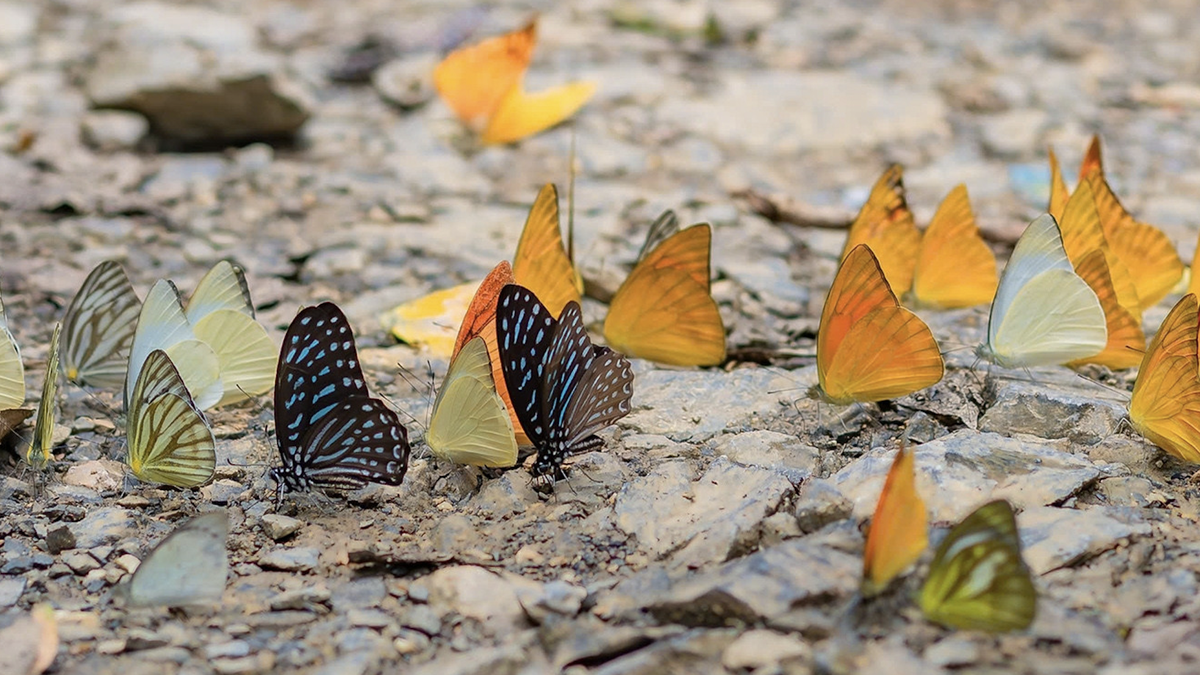




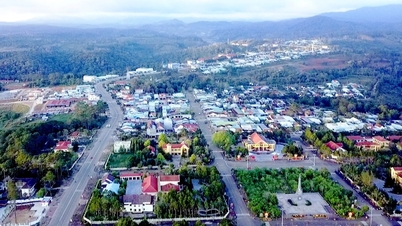


























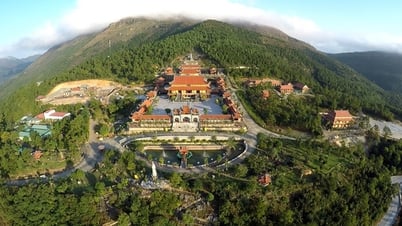
















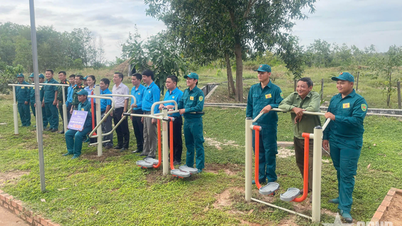




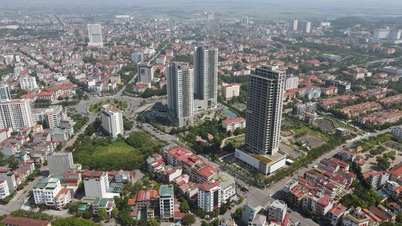











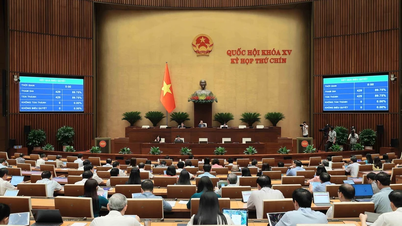
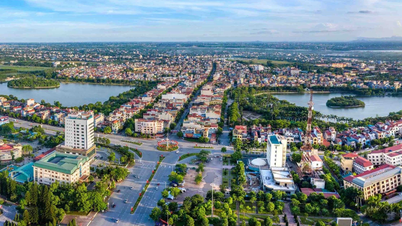
































Comment (0)